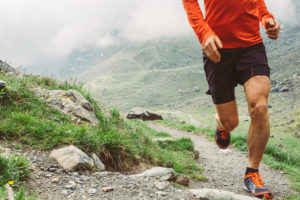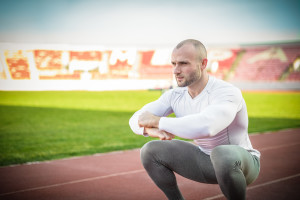To be better than average.
It sounds like a bit of a low bar to aim for, doesn’t it?
The thing is it doesn’t take long before being better than average is actually pretty damn good.
I’ve never been particularly great at anything.
And whilst when I was younger the idea of being great at something was definitely appealing…
When I played rugby I definitely dreamed, as most boys did, of playing for Scotland. But, whilst I was a good enough player but I was never going to get paid to play.
Because there’s a lot of extra stress that comes with being really good.
I had a friend who played high-level rugby tell me he couldn’t sleep the night before a game.
I mean who needs that…getting stressed about something that’s really a hobby?
Definitely not me.
And as I’ve gotten older I’ve become much more interested in being good at lots of things.
Having less of a specialist focus allows you to have fun and enjoy all the health benefits from different activities.
Powerlifting for the over 40’s is great.
But the lack of cardiovascular work will bite you on the arse eventually if it’s all you do.
With runners, this flips around…
Yes, you ain all the health benefits from running but lose out on valuable upper body strength.
But given that there really isn’t any need to specialise as we get older why should you?
Especially as you can be both fit and strong…
That they aren’t mutually exclusive.
My 5K time is 8 minutes faster than the average for a UK male…
I could rock up at a powerlifting meet and not get embarrassed…
And my 5K row time on rowinglevel.com is in the advanced category.
No, I’d much rather be a jack of all trades.
Easily able to run to the school pick up when I’m late without sounding like a dying donkey…
Able to comfortable maneuver 3 by 2 slabs around the garden without thinking my back might explode…
Or carry boxes up and down stairs all day when we moved from our top floor flat.
But the funny thing is that if you decide to get good at a number of the different aspects of fitness.
Then you will stand out.
Not just in your age group but in any gym you care to go into.



